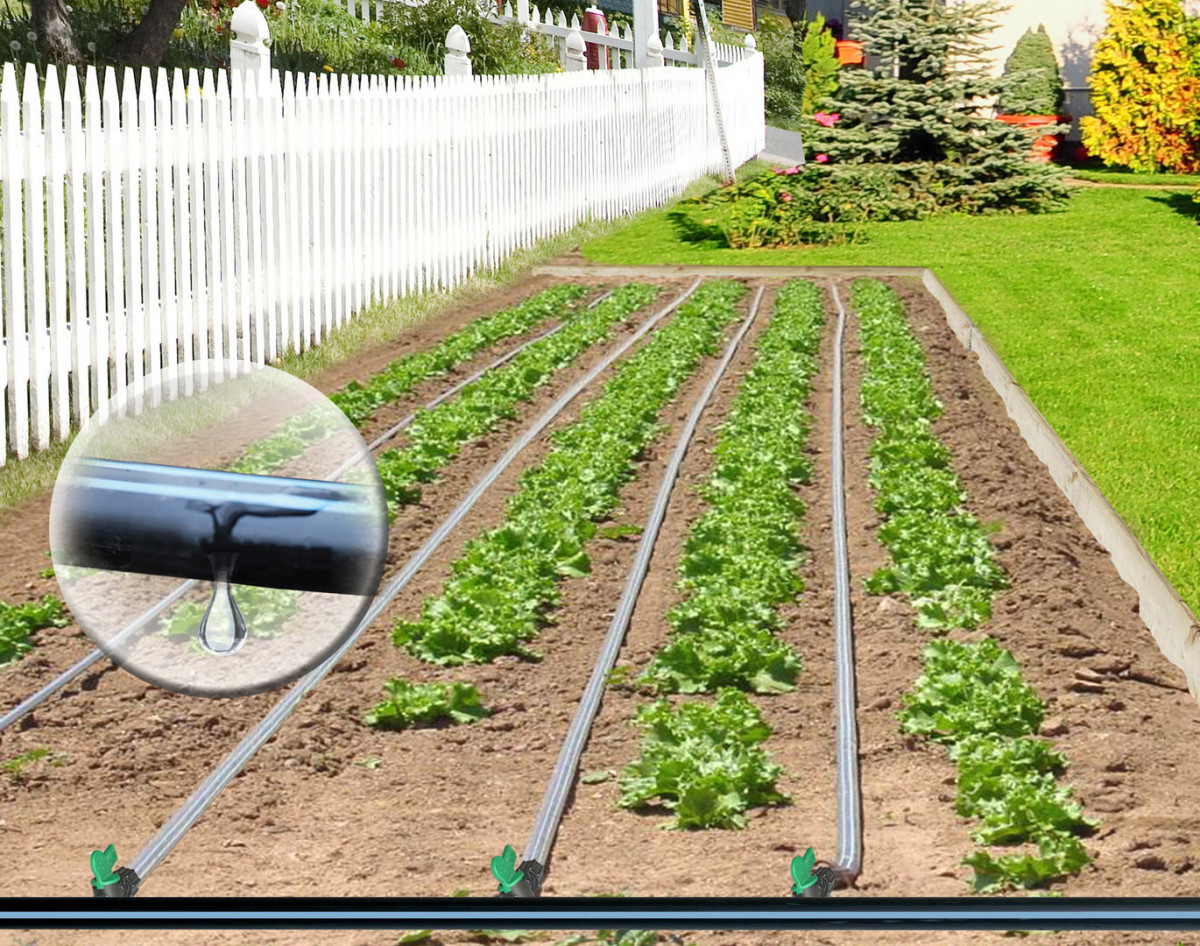Lawn Renovation - Five Easy Steps to a Beautiful Yard
If you are going to embark on the quest of having a beautiful lawn that is the envy of your neighbors, you may want to consider a lawn renovation. Lawn renovation is a good idea when you have more weeds than grass or if you have a few different types of grass present. This is common in Southern states where warm-season grasses and cool-season grasses are both present, sometimes giving lawns a patchwork appearance. Since most weed killers don't kill grass, a lawn renovation is a good plan. This can be a labor-intensive process, but the end result can be well worth it. Also if you select one of the more low-maintenance varieties of grass, it may be less work in the long run than the constant mowing to keep the weeds or multicultural lawn all at the same height and not scraggly.

Usually the first step in your lawn renovation project will be to kill everything. This is no big deal. Just go get yourself some glyphosphate, also known as Roundup. There are other brand names that contain the ingredient glyphosphate, but this is what you want. It will eventually kill almost anything green it touches, so you need to be careful around your other landscaping plants. If you have a large yard, you are going to want to invest in a sprayer because there is no way you're getting the job done with a spray bottle. Also be careful to only spray on calm days. A windy day in March is not a good time to be doing this. Remember, glyphosphate is a green killer, so you could lose trees and flowers and other valuable plants in your landscape.
You are going to need to spray everything down, and then wait. Usually within two weeks almost everything will have turned brown. If there are still plant life in your patch of ground, then don't be afraid to spray again. Glyphosphate is neutralized in soil, so there is no environmental hazard with using it for this purpose.
At this point, you should also consider taking several samples of your soil from different areas of your yard and submitting them to your local extension service for testing. Typically for a small fee, you can get the results of the soil test which will tell you what nutrients your soil needs as well as its pH. This is valuable information that can keep you from wasting money on unnecessary fertilizers.
Once everything has died off, you will want to rake the bulk of the dead vegetation out of the soil. This is especially true if there was a large amount of weeds represented in your lawn. A normal yard rake can work good, but a thatch rake can be very useful for stubborn spots. Hey, I never said this was easy, I just said it was worth it.
After you've finished raking and disposed of the dead vegetation, you should really consider tilling the soil. This can accomplish a number of things. It breaks up and aerates the soil which will be ideal for grass seedlings. It turns any remaining vegetation under so it can improve the tillage of the soil, and it will also give you a good opportunity to add any amendments your soil may need.
Till first to break up the soil. If you have anything such as compost or manure to add to the soil spread it around the lawn. Take your tiller around for a second pass to incorporate the soil amendments you have just added. After you have tilled the soil a steel rake is a good tool to have to help reestablish a flat, level lawn without a lot of bumps and dips. There are also landscaper rakes which are wider and can get the job done faster on a large lawn. You could also rent a yard roller, it you like to help compact the soil somewhat, but often a good watering will accomplish this nearly as well.
Hopefully you have considered whether you will be using seed or sod to establish your new lawn. Sod is more labor-intensive and more instant, while the seed is less labor but much more time. Both methods will work just fine in your lawn renovating, but you must have prepared for the specifics of each. The previous steps taken will be the same regardless.
If you have any compost left, it's not a terrible idea to spread a light layer over the top of your soil now, prior to spreading grass seed or laying sod.
Of course your final step is to use your preferred method of getting the grass in the ground; seed or sod, and give it the attention it needs early on to grow into a lush, beautiful patch of grass that the neighbors envy.




